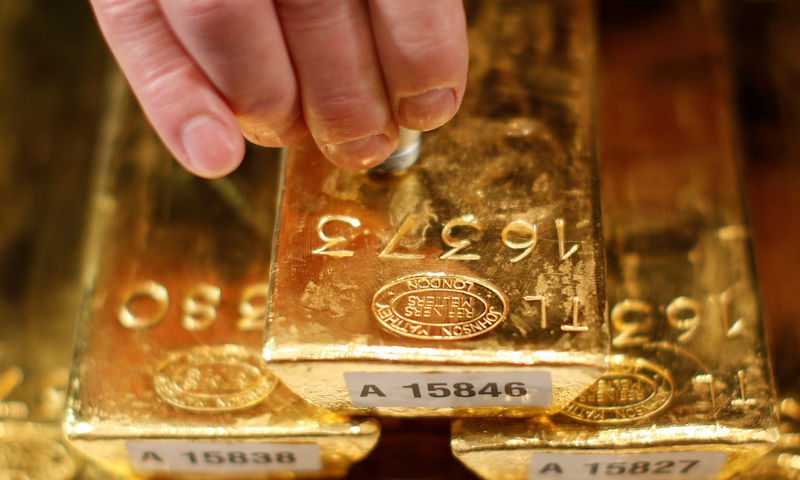
By Ritu,
Gold prices inched up on Thursday, supported by concerns that U.S. bills on Hong Kong could increase tensions between the United States and China and delay an interim trade deal.
Spot gold rose 0.1% to $1,471.93 per ounce by 0235 GMT. U.S. gold futures GCcv1 were down 0.1% at $1,472.20 per ounce.
“The main driver in gold currently is the uncertainty about the trade deal. There is the possibility that the deal might not be completed this year, so that is a key support factor.
Completion of a “phase one” trade deal could slide into next year, trade experts and people close to the White House said. protracted trade dispute has pushed the precious metal, which is considered a safe asset in times of political and economic uncertainty, about 14% higher this year.
Dialling up tensions, the U.S. House of Representatives passed two bills to back protesters in Hong Kong and send a warning to China about human rights, with President Donald Trump expected to sign them into law. comes after China condemned Washington’s interference in the Hong Kong affairs and summoned an U.S. embassy official to demand that the U.S. stop its meddling. (Hong Kong bills) could pose challenges to the trade deal … there might be some progress because both the countries will see there is some benefit to cooperation, but the quality and duration (of a deal) is uncertain.
Lower global shares and a tad weaker dollar index .DXY also supported the precious metal. MKTS/GLOB USD/
Minutes from the U.S. Federal Reserve’s October policy meeting released on Wednesday offered little guidance on what would cause policymakers to change their minds on the interest rate outlook. Fed has cut interest rates three times this year. The cuts have been positioned as “a mid-cycle adjustment” to help shield the U.S. economy from the effects of the U.S.-China trade war and slowing global growth, which have hurt manufacturing, business investment and exports.
Lower interest rates reduce the opportunity cost for holding the non-yielding bullion.








